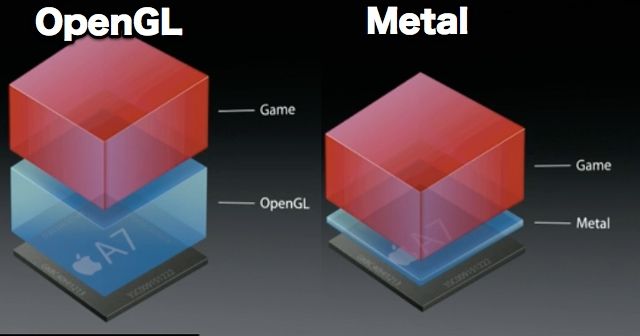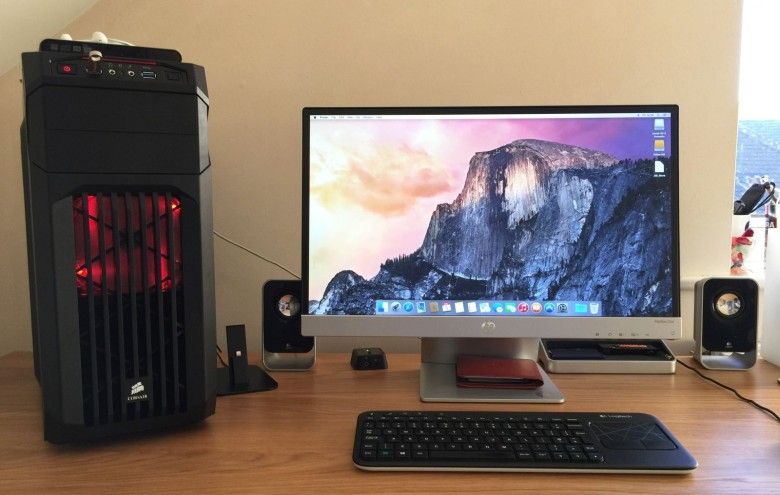Apple gearing up to switch from Intel to ARM-based CPUs in 2020
It appears the reports that Apple aims to switch their Mac computers to ARM architecture processors might become a reality sooner than later

It appears the reports that Apple aims to switch their Mac computers to ARM architecture processors might become a reality sooner than later. The story was all but confirmed earlier this year when it emerged that the lead CPU architect at ARM, Mike Filippo, was hired at Apple as its new chief chip architect.
Kitguru reports that with Filippo on board, it is believed that Apple will begin doubling down on ARM processors in an effort to stop relying on Intel for MacBooks and other devices.
Adding to the rumours that a migration from Intel to ARM might begin soon was a report from Bloomberg about an Apple project codenamed "Marzipan". According to the report, the aim is to let developers build one app that works on iPhone, iPad and the Mac.
Apple has done this switcharoo before.
Back in 2005 Apple transitioned their G5 generation Macs from IBM's PowerPC RISC architecture to Intel’s x86 architecture. They released the OS X Tiger operating system for both PowerPC and x86 architectures. OS X Tiger included Rosetta, which is a binary translation program (or emulator) that allowed the newly introduced x86 Macs to run PowerPC apps.
This emulation apparently had a minuscule impact on performance.

So why switch from x86 when practically the entire planet is using Intel's architecture in their PCs?
Apple has been investing hundreds of millions, probably even billions (of US dollars, not this play money we have at home) into the custom ARM processors that power its iPhones and iPads.
When the A12X Bionic was released in October 2018 they claimed it had processing power equivalent to an Xbox One S. In other words, Apple claimed it was getting the same performance as the hardware in a game console from a package that was 94% smaller overall.
ARM processors also use much less power, produce less heat, and are cheaper to manufacture. What it means for Apple is that they can make their Mac computers — desktops and laptops—even thinner and lighter. The big, red cherry-on-top would be that they won’t need to pay Intel any licencing fees after the switch is complete.

Integrated console-grade graphics
Switching to ARM would also nullify the need for graphics cards.
All of Apple’s Bionic chips include integrated graphics, which means that there is no need for discrete graphics to be included in any iMac or MacBook computer. Besides removing a power-hungry component, this will also bring down manufacturing costs.
Not to mention that Apple's in-house processors are already fabricated using a 7-nanometer process compared to Intel that has not even launched their 10nm CPUs yet.
Why is that significant? 7nm chips are effectively twice as dense as the previous 14nm node that Intel still uses, making it more power efficient. How to Geek explains that with 7nm (compared to 14nm), you could get 25% more performance under the same power, or you could get the same performance for half the power.
For those worried about gaming on their Macs, Apple has already proven that its Metal API is more than capable, and they even made it the minimum requirements to run MacOS Mojave (if you don’t have a Metal Capable GPU, no Mojave for you).
According to Apple, more than 148,000 applications use Metal already Digital Foundry has also released videos where the graphical performance of the iPhone X back in 2018 was pretty impressive when compared to the 6 teraFLOP Xbox One X console.
Keep in mind that the Tegra processors in the Nintendo Switch are also ARM-based , albeit much less capable than those in the latest iPhones. And look at how impressive some of those Switch game ports turned out!

Killing the Hackintosh
Apple’s switch to ARM would also kill the Hackintosh movement, which technically steals sales of Macs (why buy a Mac when you can build one). You won't be able to really build an ARM Hackintosh easily.
There are Raspberry Pis that also use ARM processors, but they don’t support Metal. They can only use OpenGL ES, which Apple already killed support for in MacOS.
That means that with the initial switch to ARM, the Hackintosh movement will essentially be left behind.

